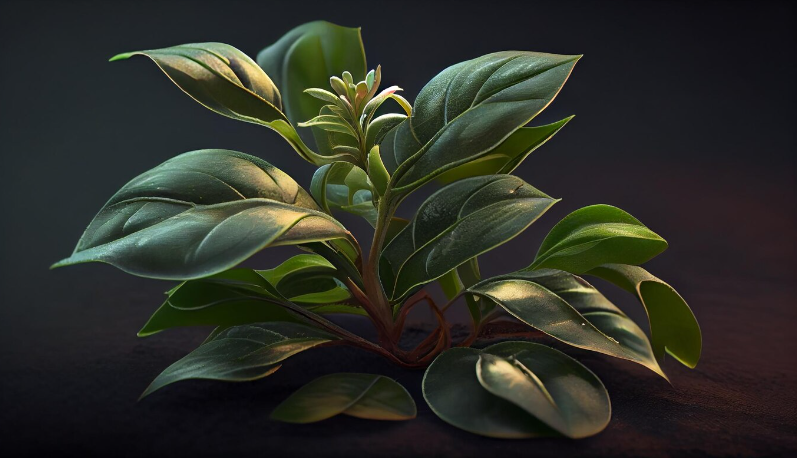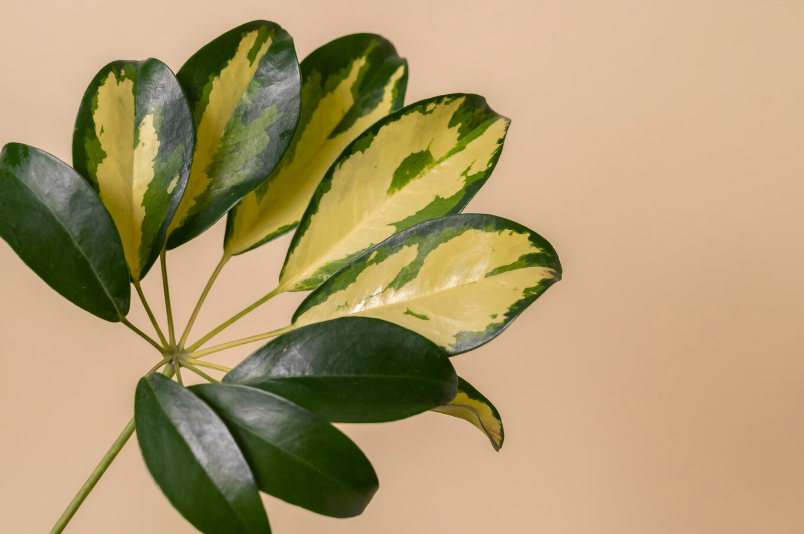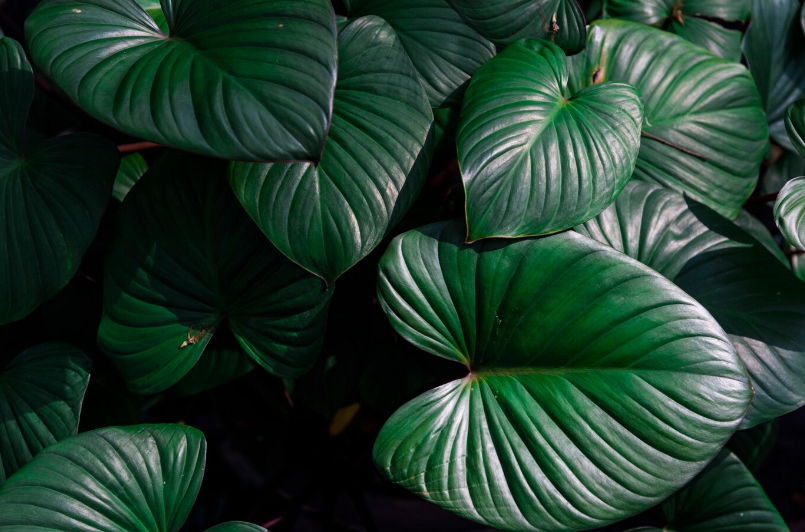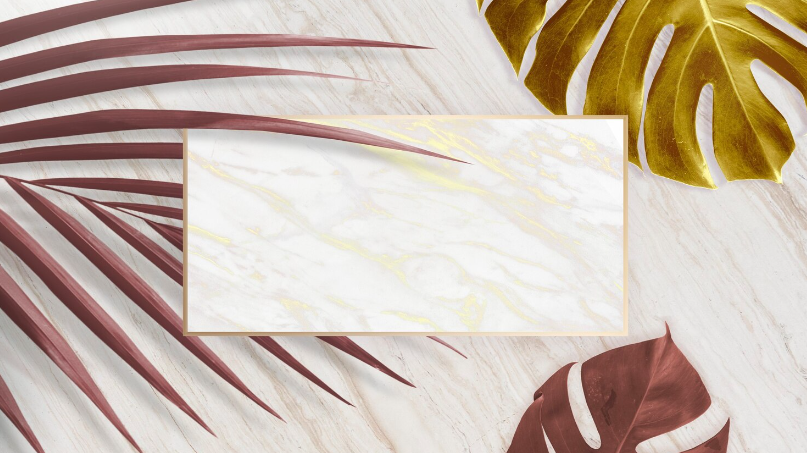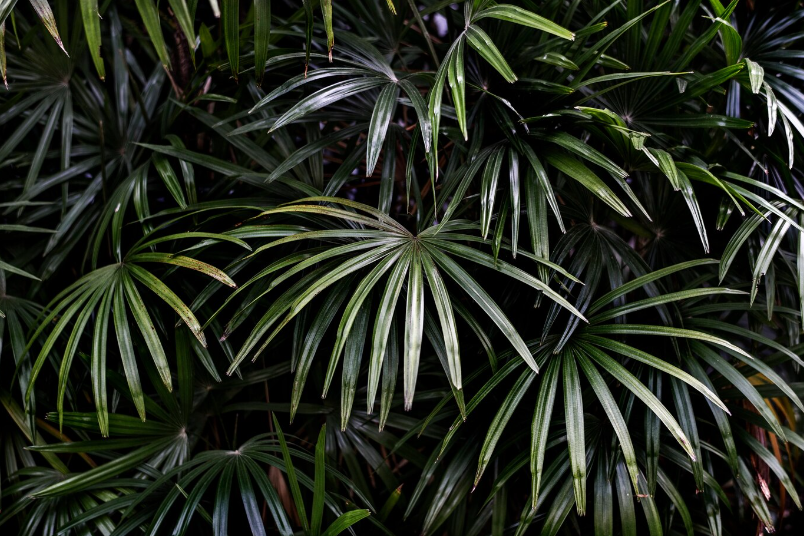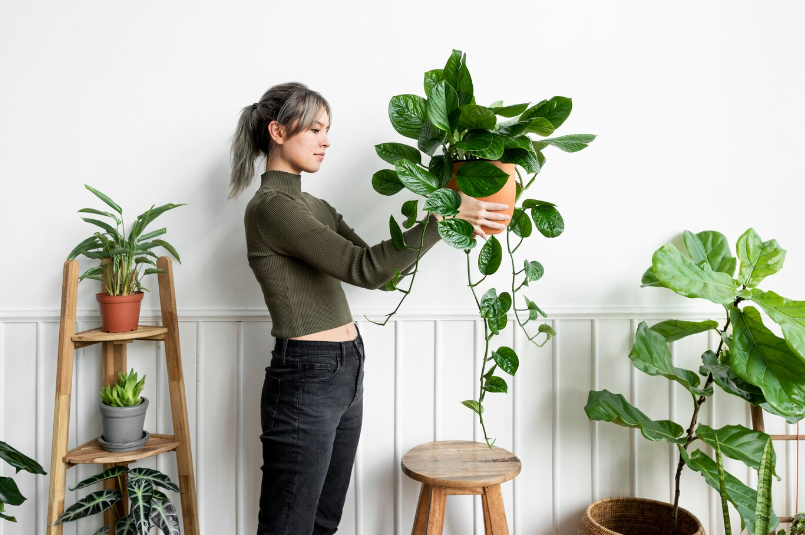White Knight to Rugosum Unearthing Philodendrons Hidden Gems
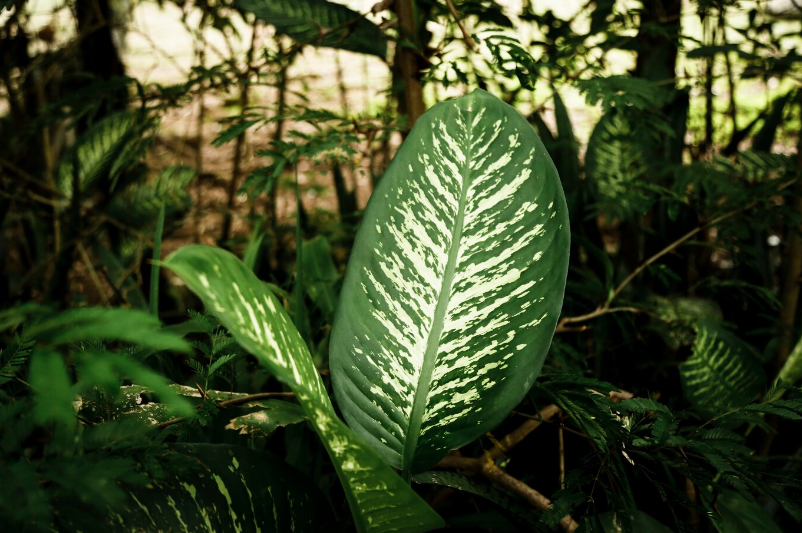
Discover the extraordinary beauty of rare and exquisite philodendrons with White Knight to Rugosum. Our collection of hidden gems features a stunning variety of these lush tropical plants, each with its own unique charm.
With their vibrant foliage and captivating patterns, these philodendrons are the perfect addition to any indoor or outdoor space. Our expert team carefully selects and cultivates these rare specimens, ensuring their quality and health.
Whether you’re an experienced plant enthusiast or just starting your journey into the world of philodendrons, White Knight to Rugosum has something for everyone. From the striking White Knight to the intricate Rugosum, each plant is a work of art waiting to be discovered.
Unleash the beauty of nature in your home or garden with White Knight to Rugosum.
Experience the allure of hidden gems today!
Spotlight on Philodendron White Knight
The White Knight is a rare and stunning variety of Philodendron that is highly sought after by plant enthusiasts. With its distinctive foliage and elegant charm, this plant is a true gem in any collection.
One of the standout features of the White Knight is its large, heart-shaped leaves that are a beautiful shade of white. As the leaves mature, they develop unique patterns of variegation, with striking green veins running through the white background.
This Philodendron variety thrives in moderate to bright indirect light, making it a perfect choice for both indoor and outdoor settings. It is relatively easy to care for, requiring regular watering and occasional misting to maintain its lush appearance.
Not only is the White Knight visually stunning, but it also has air-purifying qualities, making it an ideal choice for those looking to improve the air quality in their living spaces. This Philodendron has been scientifically proven to remove harmful toxins from the air, creating a healthier and more comfortable environment.
Whether you are a seasoned plant collector or just starting your green journey, the Philodendron White Knight is a must-have addition to your collection. Its beauty, ease of care, and air-purifying properties make it a true hidden gem waiting to be unearthed.
Philodendron White Knight
The Philodendron White Knight is a rare and exquisite variety of the popular philodendron plant. With its stunning white variegation, the White Knight stands out as a true gem among houseplants.
This unique plant features large, heart-shaped leaves that are adorned with intricate patterns of white and green. Each leaf is like a work of art, making the White Knight a prized possession for any plant lover or collector.
Not only is the White Knight visually stunning, but it also boasts impressive durability. This philodendron is known for its adaptability and resilience, making it a perfect choice for both novice and experienced plant enthusiasts.
With the White Knight in your home or office, you can create a tranquil and inviting atmosphere. Its lush foliage brings a touch of nature indoors, while its exceptional beauty adds a touch of elegance to any space.
Whether you’re looking to brighten up your living room, revitalize your workspace, or simply add a touch of luxury to your surroundings, the Philodendron White Knight is the perfect choice. Don’t miss out on the opportunity to own one of nature’s hidden gems – get your White Knight today!
Care and Maintenance of White Knight
White Knight is a unique and exquisite plant that requires special care and attention to maintain its beauty and health. Here are some essential tips to ensure that your White Knight thrives in your home:
1. Lighting: Place your White Knight in a location with bright but indirect sunlight. Avoid direct sunlight as it can scorch the delicate leaves of the plant.
2. Watering: Water your White Knight thoroughly but allow the top inch of soil to dry out between waterings. Overwatering can lead to root rot, while underwatering can cause the leaves to wilt and die.
3. Humidity: White Knights love high humidity, so mist the leaves regularly or place the plant on a tray filled with pebbles and water to increase the humidity around it.
4. Temperature: White Knights prefer temperatures between 65-75°F (18-24°C). Avoid exposing the plant to sudden temperature changes or drafts.
5. Fertilizing: Feed your White Knight with a balanced liquid fertilizer once a month during the growing season (spring and summer). Follow the instructions on the fertilizer package for the correct dilution ratio.
6. Pruning: Regularly remove any dead or yellowing leaves to maintain the plant’s appearance. You can also prune the plant to encourage bushier growth.
7. Repotting: As your White Knight grows, you may need to repot it every 1-2 years. Use a well-draining potting mix and choose a slightly larger pot than the current one to allow the roots to spread.
By following these care and maintenance tips, you can enjoy the beauty and elegance of your White Knight for years to come. Happy gardening!
Variegation in White Knight: Enhancing and Preserving
White Knight, with its striking variegated leaves, is a rare and sought-after variety of the philodendron family. Its unique patterns of green and white make for a stunning addition to any indoor or outdoor space. In order to enhance and preserve the variegation of your White Knight, here are some tips and techniques:
- Optimal Lighting: White Knight thrives in bright, indirect light. Place your plant near a window where it can receive plenty of bright, filtered sunlight throughout the day. Avoid placing it in direct sunlight, as this can cause the leaves to burn and fade.
- Proper Watering: Philodendrons, including White Knight, prefer slightly moist soil. Water your plant thoroughly whenever the top inch of soil feels dry to the touch. Do not overwater, as this can lead to root rot and damage the variegation.
- Regular Pruning: To maintain the variegation and promote healthy growth, regular pruning is essential. Trim any yellow or discolored leaves, as they indicate stress or lack of nutrients. Pruning will also encourage new growth, ensuring a vibrant and beautiful plant.
- Nutrient Balance: White Knight benefits from regular feeding with a balanced, water-soluble fertilizer. Be sure to follow the instructions on the fertilizer packaging for the correct dosage and frequency. This will help provide the necessary nutrients for optimal variegation and overall plant health.
- Temperature and Humidity: White Knight thrives in temperatures between 65-85°F (18-29°C) and prefers moderate to high humidity levels. Avoid placing it in drafty areas and keep it away from heaters or air-conditioning vents, as extreme temperature changes can stress the plant.
By following these guidelines, you can ensure that your White Knight philodendron will retain its stunning variegation for years to come. Enhance its beauty and preserve its unique patterns, creating a captivating centerpiece in your home or garden.
Rarity and Beauty of Philodendron Varieties
The world of philodendrons is filled with fascinating and diverse plant species. Each variety offers its own unique combination of characteristics, making them highly sought after by plant enthusiasts and collectors.
One remarkable characteristic of philodendron varieties is their ability to grow in various environments. From lush tropical rainforests to urban apartments, these plants adapt and thrive, bringing a touch of nature and beauty to any space.
Another captivating aspect of philodendrons is their stunning foliage. From deep emerald greens to vibrant yellows and striking patterns, each leaf is like an artwork, adding a pop of color and intrigue to your indoor or outdoor garden.
Philodendron varieties also vary in size and shape. Some have long trailing vines, perfect for hanging baskets or cascading from shelves. Others have large, broad leaves that create an impressive focal point in any room. No matter the size, philodendrons have a way of capturing attention and creating a sense of tranquility.
Furthermore, the rarity of certain philodendron varieties adds to their allure. Some varieties are incredibly hard to find, making them highly prized among collectors. Owning a rare philodendron variety is like owning a piece of horticultural history, a true gem that only a few are lucky enough to possess.
Lastly, the ease of caring for philodendrons makes them even more desirable. These plants are known for their resilience and ability to thrive in low-light environments. With proper care and attention, they can grow and flourish for many years, becoming a cherished part of your plant collection.
In conclusion, philodendron varieties offer a rare combination of beauty, adaptability, and uniqueness. Whether you’re a seasoned plant collector or just starting your green journey, adding a philodendron to your collection is sure to bring delight and intrigue.
The Rarest White Philodendrons
Discover the enchanting world of rare white philodendrons with our White Knight to Rugosum Unearthing Philodendrons Hidden Gems collection. These extraordinary plants stand out with their mesmerizing white leaves, creating a stunning visual spectacle in any space.
Each white philodendron in our collection is meticulously handpicked, ensuring that only the most exquisite specimens make it into your home. These plants are carefully cultivated to thrive in various environments, making them perfect for both experienced plant enthusiasts and beginners alike.
Our rare white philodendrons are not only visually captivating, but they also offer numerous benefits. They are known for their air-purifying properties, helping to improve the quality of the air you breathe. Additionally, their unique foliage adds a touch of elegance and sophistication to any interior, bringing nature’s beauty right into your living space.
Whether you’re an avid plant collector or simply looking to enhance your indoor decor, our White Knight to Rugosum Unearthing Philodendrons Hidden Gems collection is the perfect choice. With our rare white philodendrons, you can create a serene and tranquil atmosphere in your home while showcasing these extraordinary botanical treasures.
Experience the wonder of rare white philodendrons with our collection. Order now and let nature’s majestic beauty enchant your living space.
The Easiest Climbing Philodendrons
If you’re looking for a low-maintenance houseplant that can add a touch of elegance and natural beauty to your home, climbing philodendrons are an excellent choice. These stunning plants are not only beautiful to look at, but they also have a reputation for being easy to care for, making them perfect for beginners or those with busy lifestyles.
One of the easiest climbing philodendrons to grow is the Philodendron cordatum. With its heart-shaped leaves and trailing vines, this plant is a classic favorite. It can adapt to various light levels, making it suitable for almost any indoor environment. Whether you place it in a bright corner or a shady spot, the Philodendron cordatum will thrive and bring life to any room.
Another fantastic option is the Philodendron brazil. This philodendron variety features vibrant green leaves with unique variegation that adds a pop of color to your living space. It is a fast grower and can quickly climb up trellises or cascades beautifully from hanging pots. The Philodendron brazil is also a forgiving plant, tolerating irregular watering and lower light conditions.
If you’re seeking a more tropical look, the Philodendron bipinnatifidum, commonly known as the “Tree Philodendron,” is an ideal choice. This philodendron has large, deeply lobed leaves that resemble palm fronds and can reach impressive heights over time. It thrives in bright, indirect light and appreciates regular watering. With its majestic appearance, the Philodendron bipinnatifidum is sure to be a conversation starter in any room.
In addition to their beauty and ease of care, climbing philodendrons are known for their air-purifying qualities. These plants can effectively remove toxins from the air, helping to create a healthier living environment for you and your family.
So, why wait? Add some greenery and a touch of nature to your home with the easiest climbing philodendrons. Whether you choose the classic Philodendron cordatum, the colorful Philodendron brazil, or the majestic Philodendron bipinnatifidum, you can’t go wrong. Order yours today and start enjoying the benefits of these stunning plants!
The Rarest Philodendron in the World
Introducing the White Knight Philodendron, the most coveted and elusive plant collectors’ dream. This extraordinary species is truly a hidden gem in the world of philodendrons.
The White Knight Philodendron is a rare hybrid that combines the best characteristics of two exceptional philodendron species, creating a plant that is truly one-of-a-kind. Its velvety, dark green leaves are adorned with stunning white veins that resemble intricate lacework, making it a true work of art.
Not only does the White Knight Philodendron have unparalleled beauty, but it also boasts impressive durability and resilience. This plant thrives in a variety of conditions, from low light to bright indirect light, making it a versatile addition to any indoor space.
Due to its rarity, the White Knight Philodendron is highly sought-after by collectors and enthusiasts around the world. With limited availability, owning one of these stunning plants is an opportunity of a lifetime.
When you bring the White Knight Philodendron into your home, you are not only adding a touch of elegance and sophistication to your space but also becoming part of an exclusive community of plant lovers who appreciate the beauty and rarity of this extraordinary plant.
Don’t miss your chance to own the rarest philodendron in the world. Bring home the White Knight Philodendron today and experience the joy of owning a truly unique and breathtaking plant.
Cultivation and Propagation Challenges
Growing and propagating Philodendrons Rugosum can present a few challenges to even the most experienced plant enthusiast. However, with the right knowledge and care, you can overcome these challenges and enjoy the beauty of these hidden gems in your own home.
1. Temperature and Humidity: Philodendrons Rugosum thrive in warm and humid conditions. It is important to provide them with a consistent temperature between 65°F (18°C) and 75°F (24°C) throughout the year. Additionally, they prefer high humidity levels of around 60-70%. If your home has dry air, consider using a humidifier or placing the plant on a tray filled with water and pebbles to increase humidity around the plant.
2. Light Requirements: While Philodendrons Rugosum can tolerate a wide range of light conditions, they prefer bright, indirect light. Avoid placing them in direct sunlight as it can cause leaf burn. If you notice the leaves turning pale or yellow, it may indicate that the plant is receiving too much light. On the other hand, if the leaves become dark green and start elongating, it could be a sign that the plant is not getting enough light. Adjust the placement of your plant accordingly to ensure it receives the right amount of light.
3. Watering: Overwatering is one of the most common mistakes when caring for Philodendrons Rugosum. These plants prefer slightly moist soil but do not tolerate wet feet. Allow the top inch (2.5 cm) of soil to dry out before watering again. It is better to underwater than overwater as these plants are prone to root rot. It is also recommended to use well-draining soil to prevent waterlogging.
4. Propagation: Propagating Philodendrons Rugosum can be challenging, but with the right techniques, it is possible. The most common method is through stem cuttings. Take a healthy stem cutting with at least two nodes and remove any lower leaves. Dip the cut end in rooting hormone and plant it in a mix of perlite and peat moss. Keep the cutting in a warm and humid environment and mist it regularly. Rooting should occur in a few weeks, and then you can transplant the new plant into a larger container.
By understanding and addressing these cultivation and propagation challenges, you can successfully grow and propagate Philodendrons Rugosum and enjoy their unique beauty and charm.
Propagation Techniques for Philodendrons
Philodendrons are known for their beautiful foliage and are highly sought-after by plant enthusiasts. If you want to expand your philodendron collection or share the joy of growing these stunning plants with others, propagation is a great technique to learn. Here are a few propagation techniques that can help you successfully multiply your philodendrons:
1. Stem Cutting: One of the most common methods of propagation for philodendrons is stem cutting. Start by selecting a healthy mother plant with mature stems. Using a sterilized knife or scissors, cut a section of stem just below a node, ensuring it is at least 4-6 inches long. Remove any leaves that would be below the soil line. Place the cutting in a jar of water or a well-draining potting mix, ensuring that at least one node is submerged. Keep the cutting in a warm and humid environment, and roots should start to form within a few weeks. Once a good root system has developed, transplant the cutting into a separate pot.
2. Air Layering: Air layering is another effective method for propagating philodendrons. Select a healthy section of stem on the mother plant and make a small incision about 1/3 of the way through the stem. Dust the incision with a rooting hormone and enclose it in a small ball of moist sphagnum moss. Wrap the moss tightly with plastic wrap and secure it with a twist tie or string. Keep the moss consistently moist and wait for roots to form. Once the roots are well-developed, carefully cut below the moss and transplant the rooted section into a pot.
3. Division: Philodendrons can also be propagated through division. This method is suitable for plants that have multiple stems or have outgrown their pots. Gently remove the plant from its pot and separate the root ball into sections, ensuring that each division has sufficient roots and stems. Replant each division in its own pot, making sure to provide adequate water and light. Division is a quick and reliable way to propagate philodendrons.
Remember, successful propagation requires patience and care. Be sure to provide your philodendron cuttings or divisions with the right growing conditions, including proper watering, light, and temperature. With these propagation techniques, you’ll soon be able to enjoy an expanded collection of philodendrons or share the love of these magnificent plants with others.
Supporting and Training Climbing Philodendrons
Climbing Philodendrons are unique and stunning plants that add an exotic touch to any indoor or outdoor space. With their aerial roots and incredible climbing abilities, they require proper support and training to thrive and reach their full potential.
When it comes to supporting your Climbing Philodendrons, there are a few options to consider. One popular method is using a moss pole or a support stake. These provide a stable structure for your plant to climb along, mimicking its natural environment.
Why choose a moss pole?
A moss pole is a great choice for supporting your Climbing Philodendron because it not only provides stability but also helps create a moist environment. Philodendrons are tropical plants that thrive in high humidity, and a moss pole can help maintain the right moisture levels around your plant.
How to use a moss pole?
Using a moss pole is simple. First, choose a pole that is tall enough to accommodate the growth of your Philodendron. Then, gently insert the pole into the soil next to your plant and secure it in place. As your Philodendron grows, you can train its vines to wrap around the pole for support.
Other supporting methods:
If you prefer a different supporting method, you can also use a trellis or a wall-mounted plant hanger. These options provide stability while allowing your Climbing Philodendron to spread out and showcase its beautiful foliage.
Remember, regular maintenance is important when it comes to training your Climbing Philodendrons. Trim any dead or damaged vines, and gently guide the new growth along the support structure. This will help your plant grow healthy and vibrant.
By providing the right support and training, you can showcase the hidden gems of your Climbing Philodendrons and create a spectacular display that will be the envy of all plant enthusiasts.
Addressing Common Issues in Philodendron Care
Overwatering: One of the most common issues in philodendron care is overwatering. Philodendrons prefer moist, but not waterlogged soil. To avoid overwatering, make sure to check the soil moisture level before watering. Stick your finger into the soil up to the first knuckle, and if it feels dry, it’s time to water. If it feels moist, wait a few more days before watering.
Insufficient Light: Philodendrons thrive in bright, indirect light. If your philodendron is not getting enough light, you may notice its leaves turn yellow or become pale. To address this issue, move your philodendron to a brighter location, but make sure to avoid direct sunlight as it can scorch the leaves. If natural light is limited, consider using artificial grow lights.
Root Rot: Another common problem in philodendron care is root rot. Root rot occurs when the roots of the plant are constantly sitting in wet soil, leading to decay and fungal growth. To prevent root rot, ensure that your philodendron is planted in well-draining soil and that the container has drainage holes. If you suspect root rot, gently remove the plant from its pot and inspect the roots. Trim away any brown or mushy roots and repot the plant in fresh, well-draining soil.
Pest Infestations: Philodendrons can be susceptible to pests such as spider mites, mealybugs, and scale insects. Common signs of pest infestations include yellowing leaves, tiny webs, and sticky residue on the leaves. To address this issue, regularly inspect your philodendron for pests, and if you find any, use an appropriate insecticide or natural remedy to eliminate them. Additionally, make sure to isolate any infested plants to prevent the spread of pests.
Improper Humidity: Philodendrons are tropical plants and thrive in high humidity environments. Low humidity can lead to issues such as dry, crispy leaves and stunted growth. To address this issue, increase humidity around your philodendron by misting it with water, placing a humidifier nearby, or grouping it with other plants to create a microclimate. You can also place the pot on a tray filled with water and pebbles to increase moisture around the plant.
Nutrient Deficiencies: Philodendrons require regular feeding to thrive. Lack of essential nutrients can lead to yellowing leaves, poor growth, and overall decline in health. To address this issue, use a balanced, water-soluble fertilizer specifically formulated for houseplants. Follow the manufacturer’s instructions on the packaging for proper dosage and frequency of application. Avoid overfertilization as it can also cause harm to the plant.
By addressing these common issues in philodendron care, you can ensure that your White Knight to Rugosum Unearthing Philodendrons Hidden Gems stay healthy and vibrant, bringing beauty to any space.
Beyond the White Knight: Other Unique Philodendrons
While the White Knight philodendron is undoubtedly a stunning plant, there are many other unique varieties that deserve just as much attention. Here are some of our favorites:
- Prince of Darkness: With its deep, dark green leaves and striking red veins, the Prince of Darkness philodendron is a true showstopper. This rare variety is sure to add a touch of mystique to any space.
- Royal Flush: The Royal Flush philodendron is known for its vibrant pink and green foliage. Its leaves start off as a pale pink color and gradually develop into a mesmerizing mix of bold hues. A true delight for the eyes!
- Majestic Monstera: Don’t let its name fool you – the Majestic Monstera is actually a variety of philodendron. With its large, split leaves and iconic Swiss cheese-like holes, this plant is sure to make a statement in any room.
- Moonlight Madness: If you’re looking for a philodendron that stands out from the crowd, look no further than the Moonlight Madness. This unique variety features leaves that start off a pale, silvery green and gradually transform into a deep, rich black. Truly mesmerizing!
- Enchanting Emerald: With its lush, emerald green leaves, the Enchanting Emerald philodendron is an absolute stunner. Its glossy foliage adds an elegant touch to any interior, making it a favorite among plant enthusiasts.
These are just a few examples of the many unique philodendrons that exist beyond the White Knight. Each one offers its own distinct beauty and charm, allowing you to create a truly captivating indoor jungle. So go ahead, explore the world of philodendrons and discover the perfect plant to complement your style and space.
Comparing White Knight with Other Rare Philodendrons
When it comes to rare and beautiful philodendrons, White Knight is in a league of its own. With its striking white variegation and dark green leaves, this unique plant is a true gem for any philodendron enthusiast. But how does it compare to other rare philodendrons? Let’s take a closer look.
- White Knight vs. Pink Princess: While both White Knight and Pink Princess are highly sought-after philodendrons, there are some key differences. White Knight has a more subtle variegation, with its leaves displaying a mixture of white and dark green. On the other hand, Pink Princess showcases vibrant pink variegation on its dark green leaves, making it a bolder and more eye-catching choice.
- White Knight vs. Birkin: Birkin is another popular philodendron known for its unique variegation. While White Knight and Birkin both have white variegation, the patterns are quite different. White Knight’s variegation is more scattered and random, giving it a freer and more natural look. In contrast, Birkin’s variegation is more structured and striped, creating a more uniform and symmetrical appearance.
- White Knight vs. Monstera Albo Borsigiana: While Monstera Albo Borsigiana is not a philodendron, it is often compared to White Knight due to its similar variegation and rarity. Monstera Albo Borsigiana features white variegation on its large green leaves, but its variegation is more mottled and irregular, giving it a unique and exotic look. White Knight, on the other hand, has a more delicate and elegant variegation, making it a popular choice for those who prefer a more refined and understated look.
When it comes to comparing White Knight with other rare philodendrons, it’s clear that each plant has its own unique charm. Whether you prefer the subtle variegation of White Knight, the boldness of Pink Princess, the structured patterns of Birkin, or the exotic look of Monstera Albo Borsigiana, there’s no shortage of options when it comes to rare and beautiful philodendrons.
Unusual Varieties Like Black Knight Philodendron
In our quest to discover the most unique and captivating philodendrons, we couldn’t overlook the mesmerizing Black Knight Philodendron. This rare variant is known for its rich dark foliage, which creates a striking contrast against any backdrop.
The Black Knight Philodendron is a true gem among collectors and plant enthusiasts. Its deep, glossy leaves have an enchanting allure that effortlessly enhances any interior or garden space. This variety is particularly admired for its ability to thrive in low-light conditions, making it an ideal choice for indoor cultivation.
Like its namesake suggests, the Black Knight Philodendron exudes an air of mystery and elegance. Its velvety dark leaves resemble the armor of a knight, lending an intriguing aura to your surroundings.
But the Black Knight Philodendron is not the only unusual variety that we offer. Our selection includes a range of rare and extraordinary philodendrons, each with its own distinctive features and characteristics.
Here are some other unique varieties you can find at White Knight:
- Velvet-leaf Philodendron
- Pink Princess Philodendron
- Moonlight Philodendron
- Silver Sword Philodendron
- Lemon Lime Philodendron
Each of these extraordinary philodendron varieties has its own allure and will add a touch of magic to your home or garden. Whether you’re a seasoned collector or a beginner plant enthusiast, our selection has something to offer for everyone.
Explore the enchanting world of unusual philodendron varieties at White Knight and uncover the hidden gems that nature has to offer.
The Origin and Value of Rare Philodendrons
In the world of houseplants, few can match the beauty, uniqueness, and value of rare philodendrons. These exquisite plants have captivated the hearts of plant enthusiasts and collectors worldwide, with their stunning foliage and fascinating origins.
Originating from the tropical rainforests of South America, rare philodendrons can be found in countries such as Brazil, Colombia, and Ecuador. These regions provide the perfect environment for philodendrons to thrive, with their rich and fertile soils, warm temperatures, and high humidity. It is in these lush and vibrant surroundings that these plants have evolved, adapting to their surroundings and developing their distinctive features.
One of the most intriguing aspects of rare philodendrons is their unique foliage. With their large, glossy leaves and intricate patterns, they are truly a sight to behold. Each leaf tells a story, with its own colors, shapes, and textures. Some philodendrons have leaves that resemble the scales of a dragon, while others have vibrant patterns reminiscent of a painter’s brushstroke. It is this diversity and beauty that makes rare philodendrons highly sought after by collectors and plant enthusiasts alike.
But it is not just their aesthetic appeal that makes rare philodendrons valuable. These plants have a rich history and cultural significance that adds to their worth. Used for centuries by indigenous communities for medicinal purposes and spiritual rituals, rare philodendrons carry the wisdom and traditions of generations past. They are not just houseplants; they are symbols of nature’s resilience and the connection between humans and the natural world.
Today, rare philodendrons continue to be highly prized by collectors and plant lovers. Their scarcity and exclusivity make them highly sought after, with enthusiasts willing to pay top dollar to add these treasures to their collection. Whether you are a seasoned collector or a beginner looking to start your own indoor jungle, rare philodendrons are an investment worth making.
| Origin | Value |
|---|---|
| South America | Highly sought after |
| Rich and fertile soils, warm temperatures, and high humidity | Scarcity and exclusivity |
| Intricate and diverse foliage | Investment worth making |
Q&A:
1. What are the features of the White Knight to Rugosum Unearthing Philodendrons Hidden Gems?
The White Knight to Rugosum Unearthing Philodendrons Hidden Gems is a high-quality plant that features unique variegated leaves and a compact growth habit. It is known for its beautiful foliage and easy care requirements.
2. How big does the White Knight to Rugosum Unearthing Philodendrons Hidden Gems grow?
The White Knight to Rugosum Unearthing Philodendrons Hidden Gems typically grows to a height of 1 to 2 feet and has a spread of approximately 1 to 2 feet. It is a compact plant that is perfect for smaller spaces.
3. What is the care routine for the White Knight to Rugosum Unearthing Philodendrons Hidden Gems?
The care routine for the White Knight to Rugosum Unearthing Philodendrons Hidden Gems involves placing the plant in bright, indirect light, watering it when the top inch of soil feels dry, and fertilizing it every month during the growing season with a balanced houseplant fertilizer. It is important to avoid overwatering and ensure that the plant has proper drainage.
4. Can the White Knight to Rugosum Unearthing Philodendrons Hidden Gems tolerate low light conditions?
The White Knight to Rugosum Unearthing Philodendrons Hidden Gems prefers bright, indirect light but can tolerate lower light conditions. However, it may not grow as vigorously or develop its variegation as prominently in low light. It is best to provide it with as much light as possible to ensure optimal growth and foliage coloration.
5. How often should I repot the White Knight to Rugosum Unearthing Philodendrons Hidden Gems?
The White Knight to Rugosum Unearthing Philodendrons Hidden Gems should be repotted every 2 to 3 years or when it outgrows its current pot. When repotting, choose a pot that is slightly larger than the current one and use well-draining potting soil. Repotting in spring or summer is ideal to minimize stress on the plant.
